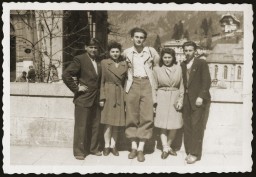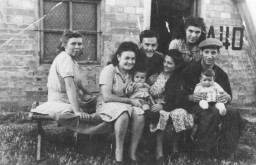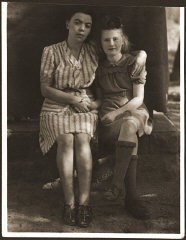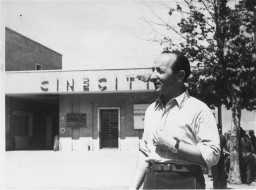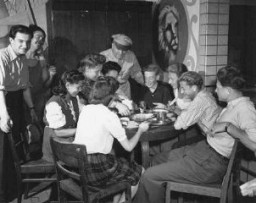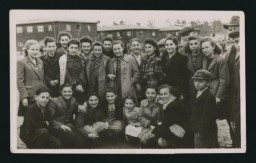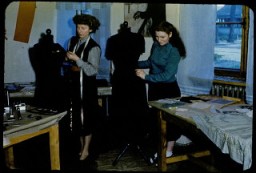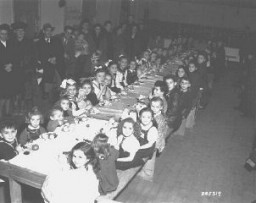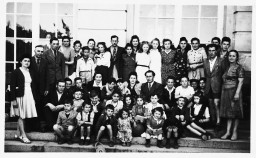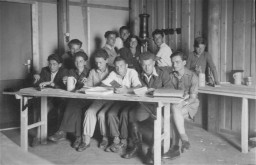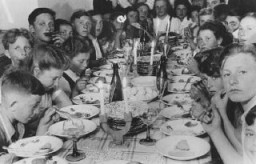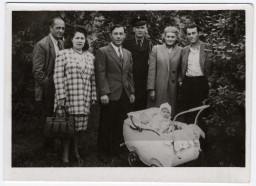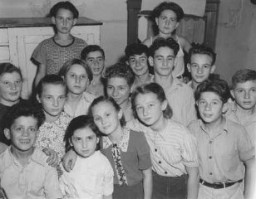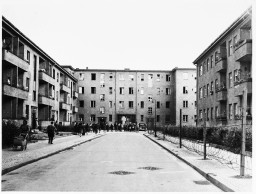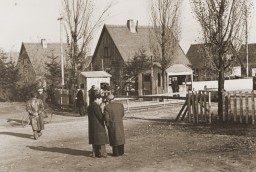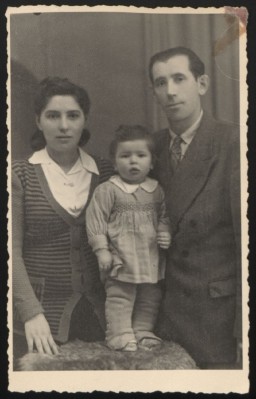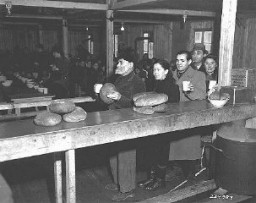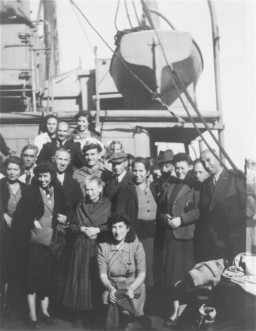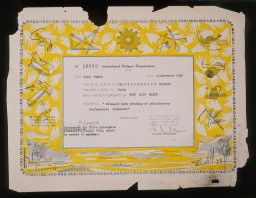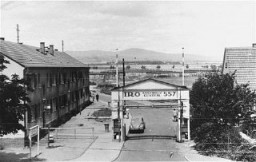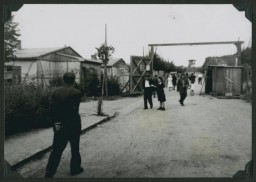Displaced Persons Camps in the Steiermark District
For the Jews who survived the Holocaust, the end of World War II brought new challenges. Many could not or would not return to their former homelands, and options for legal immigration were limited. In spite of these difficulties, these Jewish survivors sought to rebuild their shattered lives by creating flourishing communities in displaced persons camps in Germany, Austria, and Italy. In an unparalleled six-year period between 1945 and 1951, European Jewish life was reborn in camps such as those in the Steiermark district of Austria.
The Steiermark district of Austria housed several displaced persons (DP) camps, including Kapfenberg, Trofaiach, Leibnitz, and Linz-Bindermichel, as well as those that comprised the Judenburg DP center. These camps were located in both the British and American occupied zones.
Kapfenberg
The Kapfenberg DP camp was located in the British occupied zone of Austria. In the fall of 1945 it housed approximately 600 Jewish DPs. The accommodations consisted of wooden barracks typical of such camps.
Due to the British plan to use the camp as a transient center, the occupiers transferred the Jewish DPs from Kapfenberg to Trofaiach.
Trofaiach
The Trofaiach DP camp was located in the British occupied zone of Austria, about fifty miles southwest of Vienna. Prior to its status as a DP camp, Trofaiach housed military troops.
Trofaiach was opened in the fall of 1945 with the capacity to hold 4,000 individuals. It was run under the auspices of the IRO (International Refugee Organization) and was located near an industrial community. Trofaiach held many Jewish refugees as well as Slovenian Christians. The camp had a kindergarten, a choir, a carousel, and classes in English and Spanish to assist refugees in emigrating.
An edited collection of early narratives of Holocaust survivors, Fresh Wounds, edited by Donald L. Niewyk, contains an interview with “Isaac W.,” who arrived in Trofaiach in late 1945. He praises the UNRRA (United Nations Relief and Rehabilitation Administration) director there, an American Jew, who demonstrated great sympathy for the Jews. He trained them to be chauffeurs, provided clothing, and built a synagogue and cinema. He also saw to the medical needs of the Jewish inmates, bringing a doctor and medicines to their aid, which, in turn, saved lives.
Leibnitz
Leibnitz was located in the Graz/Steiermark district, in the British occupied zone. The DP camp consisted of typical wooden barracks. In October 1945, it housed about 2,200 persons, 600 of whom were Polish Jews.
Linz-Bindermichel
Linz-Bindermichel was located in the American occupied zone. The AJDC (The American Jewish Joint Distribution Committee) and a Jewish Committee (which had significant contacts with Simon Wiesenthal, a seeker and prosecutor of Nazi war criminals) administered the camp.
Judenburg
A DP center in the British occupied zone, Judenburg sheltered approximately 2000 Jews. Judenburg consisted of a number of camps, including Dietersdorf, Kaserne, Kobenz, Liechtensteing, and Murdorf.
The camp was well equipped with carpentry, painting, shoemaking, and metalworking shops. Both UNRRA and the AJDC, helped to administer the camp.
An edited collection of early narratives of Holocaust survivors, Fresh Wounds, edited by Donald L. Niewyk, contains an interview with “Benjamin P.,” who lived in Judenburg for two months en route to Italy. He recounts a beating he received in the camp for building a small fire in a stove; he had received dry provisions and wished to cook them. When he fought back, he was chained and put in a basement prison for thirteen days. Brought to a military trial, he and his story found sympathy with the camp’s general, who secured a job in the camp kitchen for him, and also sponsored a wedding for him. Benjamin P. and his wife had a baby girl while living in a nearby kibbutz, Dror Habonim. He speaks of receiving clothes from UNRRA and a package of supplies for the baby from the Joint (the AJDC).
Another narrative in the same book, given by “Isaac W.,” provides even more candid details about mistreatment at the hands of the British military in charge of Judenburg. Ukrainians, also seeking shelter in the camp, were treated more favorably by the British and engaged in rock throwing and other acts of violence against the Jewish inmates.
Series: Displaced Persons Camps
Critical Thinking Questions
- What challenges did survivors face in the DP camps?
- What challenges did the Allies face in establishing and supervising DP camps?
- What responsibilities do (or should) other nations have regarding refugees from war and genocide?

